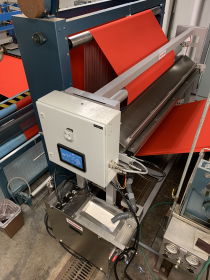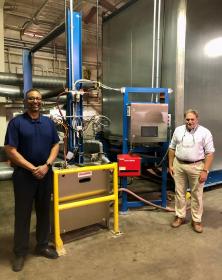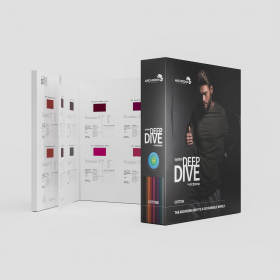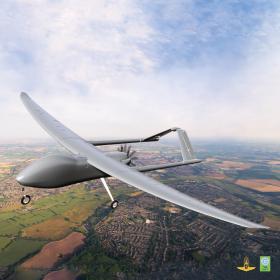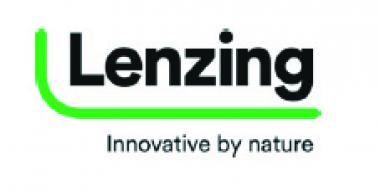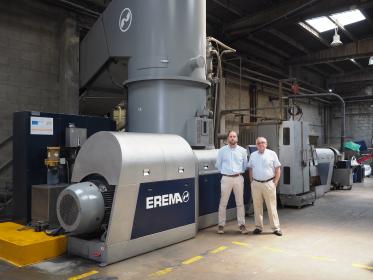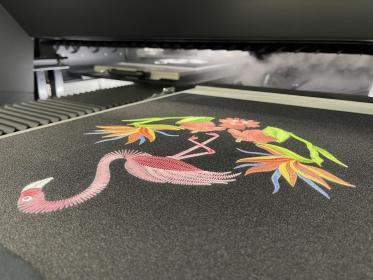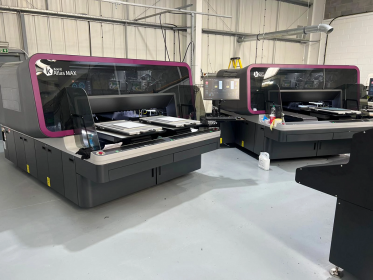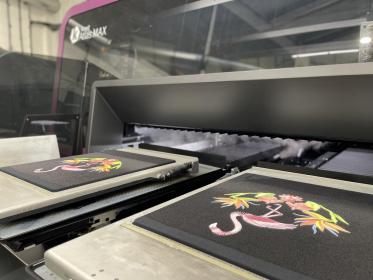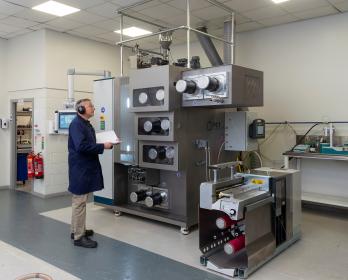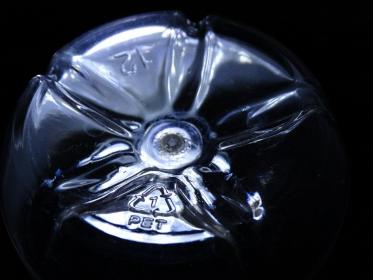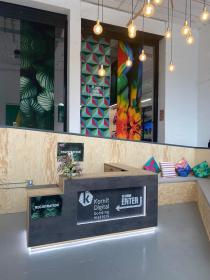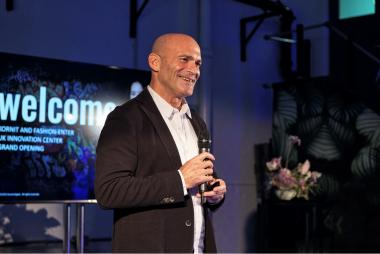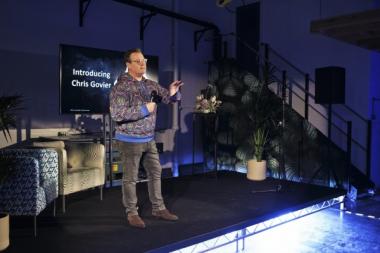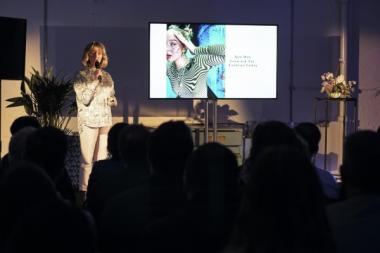Billi London: Accelerated degradation in Landfill
Billi London is shaping the future of fashion with eco legwear. Founded by Sophie Billi-Hardwick and Marie Bouhier in November 2020, the pair’s goal was to create durable and comfortable hosiery that was no longer seen as disposable or for single-use.
Each piece is made with innovative enhanced degradable yarns Amni Soul Eco® nylon and ROICA ™ V550 elastane. Amni Soul Eco® is degrading in a time of 5 years*, 20x faster than the normal 40–100-year timeframe. The materials break down into biomass and biogas, create renewable energy and do not leave behind microplastics in landfill. The soft yet chic fabrics have revolutionised the legwear industry as well as pioneering a change across the fashion sector which rarely goes beyond just using recyclable materials.
This year, Billi London was selected as one of only five brands to present as an Organic Exhibitor at the Salon International de la Lingerie (SIL) from 18-20 June at Porte de Versailles in Paris.
*In landfill conditions. Reference system: ASTM D5511 - Std test
Billi London / C.L.A.S.S.







